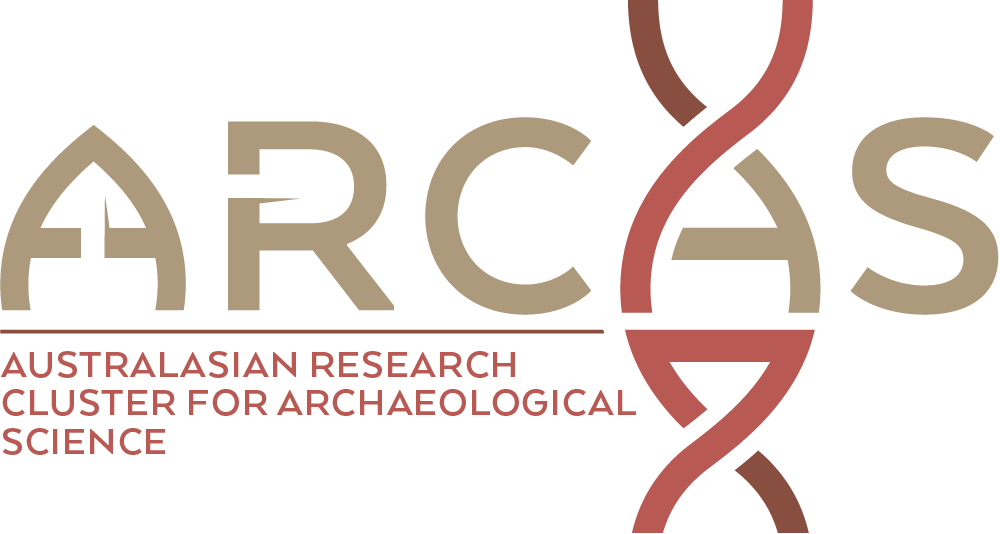Interactive relighting, digital image enhancement and inclusive diagrammatic representations for the analysis of rock art superimposition: The main Pleito cave (CA, USA)
Publication date: May 2018Source:Journal of Archaeological Science, Volume 93 Author(s): E. Kotoula, D.W. Robinson, C. BedfordThis paper deals with the documentation, and virtual visual analysis of pictographs using interactive relighting, digital image enhancement techniques and diagrammatic representations. It discusses areas of interest for the analysis of low surface detail, large and geometrically complex superimposed pictographs. The synergy of reflectance transformation imaging (RTI) and decorrelation stretch (DS) aimed to improve the study of superimposition via the enhanced visualization of the surface morphology, dominant features, paint characteristics and layering. Additionally, diagrammatic representations of the results of the image-based analysis provided a valuable tool for interpretation and integration of the diverse dataset from the ongoing research in the Pleito Cave in California. This method allows revisiting unresolved hypotheses concerning the site by unpacking chemical and visual data in superimposed sequences.
